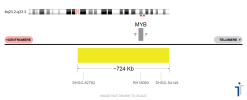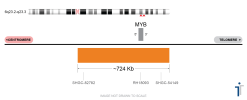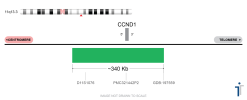Melanoma
Concentrate
Price range: $1,670.00 through $3,172.00
Dual Color
Price range: $1,102.00 through $2,235.00
Concentrate
Price range: $907.00 through $1,833.00
Concentrate
Price range: $907.00 through $1,606.00
Chromosome
$403.00
CE-IVD
Price range: $499.00 through $1,606.00





